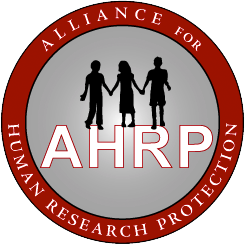2015: A valid criticism of the Senate Intelligence Committee
Ostensibly, the stated purpose for the resort to brutal interrogations was to obtain “actionable intelligence” and “critical threat information” to prevent a ticking bomb from detonating. That was the justification given when in 2004 the Administration was confronted with the leaked confidential report by the International Red Cross Committee that…
